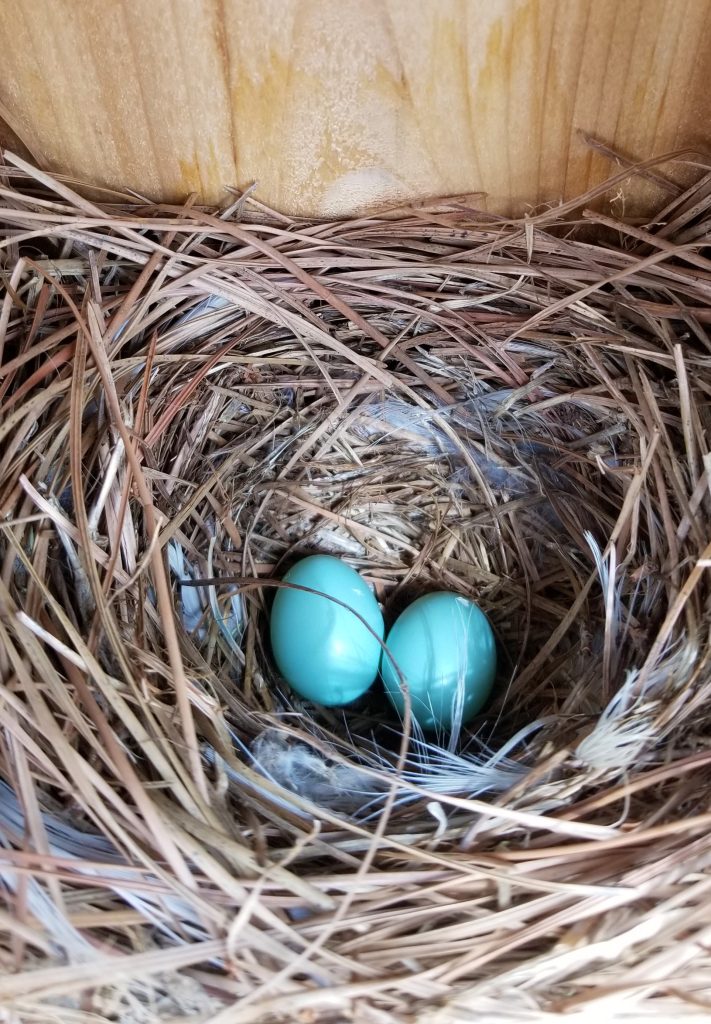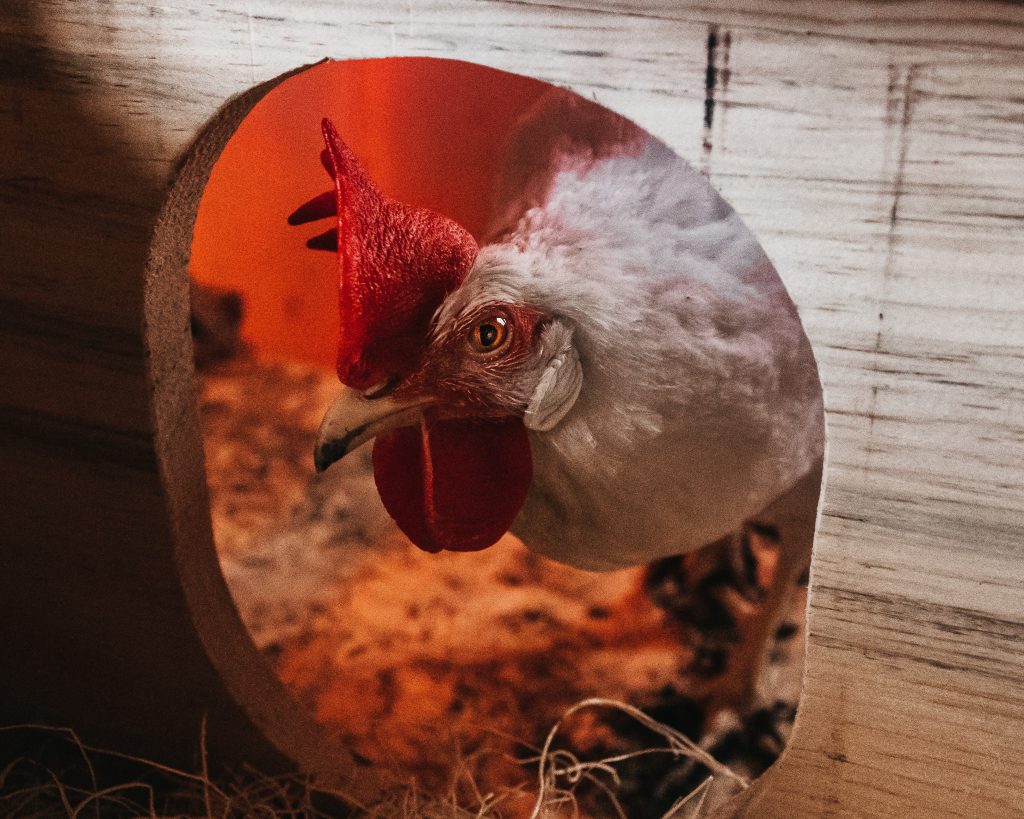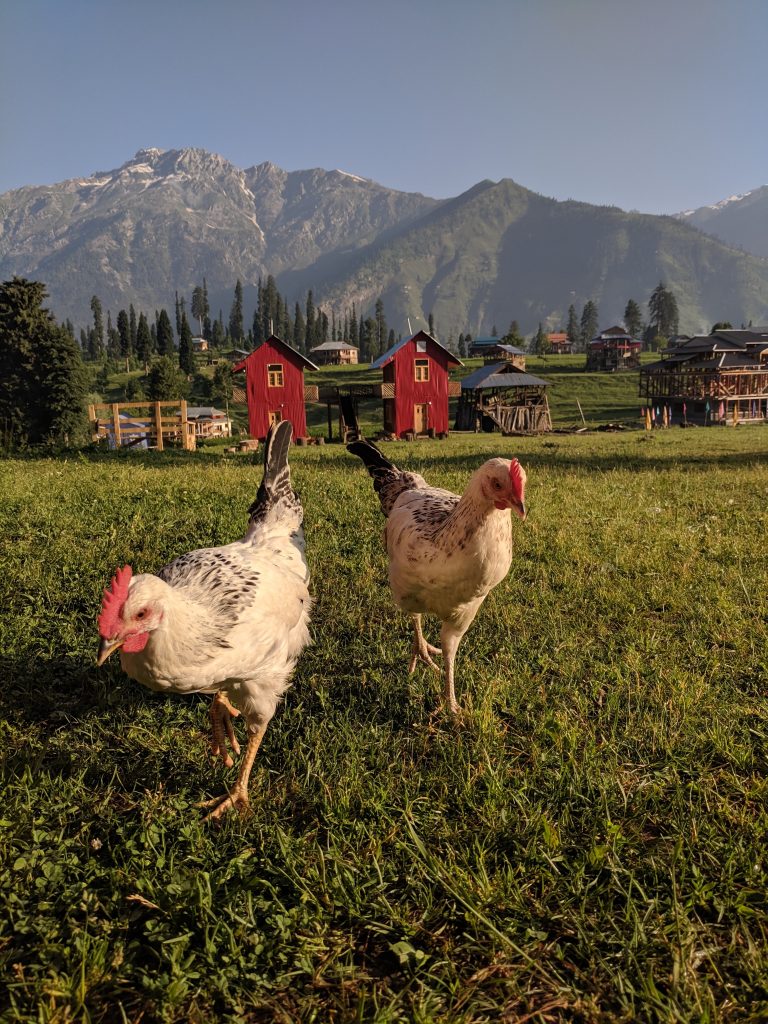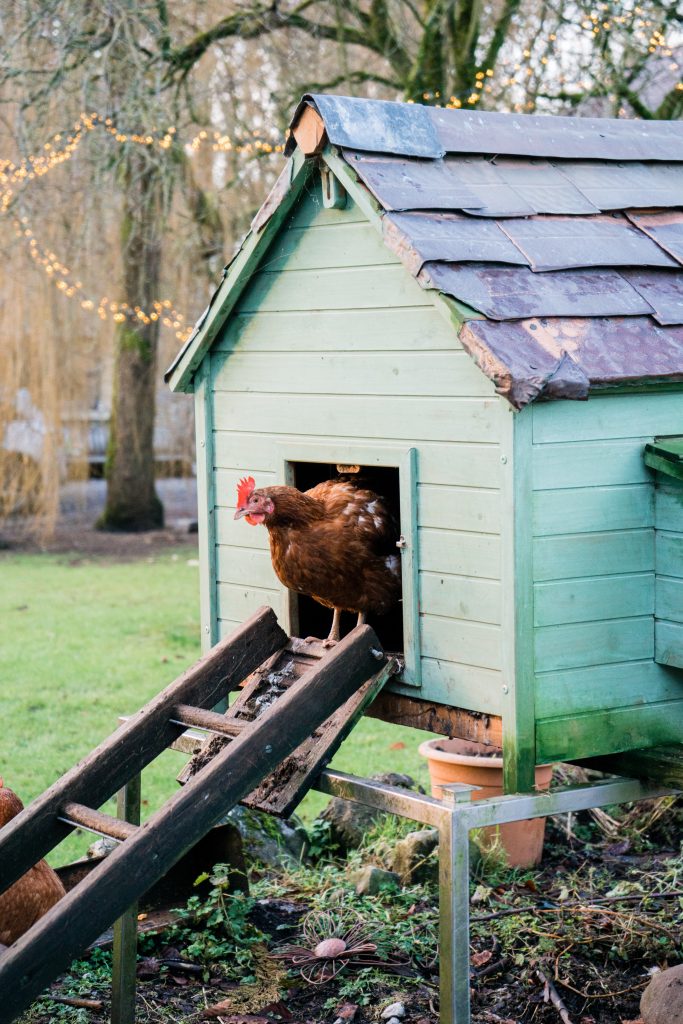A proper nesting box is essential for keeping chickens healthy and productive. Nesting boxes provide a comfortable and secure place for hens to lay their eggs, which is important for both their physical health and the quality of the eggs they produce.
Without proper nesting boxes, chickens may choose to lay their eggs in inappropriate places, such as on the ground or in other areas where they are at risk of being damaged or stolen. This can also increase the likelihood of the eggs becoming dirty or contaminated, which can reduce their quality and make them less safe for human consumption.
In this article, I will discuss nesting box dimensions for chicken owners. It covers the factors to consider when building a nesting box, the ideal size for different chicken breeds, and common mistakes to avoid. It also discusses where to place the nesting box, how to prepare it, and the accessories you can use. Additionally, the article explores alternative nesting options and provides answers to frequently asked questions. By the end of the article, readers will have a good understanding of how to build a perfect nesting box for their chickens.
The Ideal Size for a Nesting Box
When it comes to nesting box dimensions, there is no one-size-fits-all solution. The size of the nesting box you need depends on the size of your chickens. Here are the recommended dimensions for small, medium, and large-sized breeds:

Small-sized Breeds
For small-sized breeds, such as Bantams, the nesting box should measure around 12 inches square and have a height of 12 inches. This size allows enough space for the chicken to lay eggs comfortably and move around.
Medium-sized Breeds
Medium-sized breeds, such as Plymouth Rocks or Rhode Island Reds, need a slightly larger nesting box. The ideal dimensions for a nesting box for medium-sized breeds are 14 inches square and 14 inches tall. This size provides enough room for the chicken to lay eggs and move around comfortably.
Large-sized Breeds
For larger breeds like Orpingtons or Jersey Giants, you’ll need to provide a larger nesting box. The ideal dimensions for a nesting box for large-sized breeds are 16 inches square and 16 inches tall. This size ensures that the chicken has enough space to lay eggs and move around without feeling cramped.
Factors to Consider When Building a Nesting Box
When building a nesting box for your chickens, there are several factors to consider. These include the number of chickens you have, the size of the chicken breed, and the space available for the nesting box.

The Number of Chickens You Have
The number of chickens you have will determine how many nesting boxes you need. It’s recommended to provide one nesting box for every 3-4 hens. This allows each chicken to have enough space to lay eggs comfortably and helps reduce the risk of egg breakage.
The Size of the Chicken Breed
Different chicken breeds come in varying sizes, and this affects the size of the nesting box they need. Small breeds like Bantams require smaller nesting boxes, while larger breeds like Orpingtons need larger ones. It’s important to ensure that the nesting box is the right size for your specific chicken breed to prevent discomfort or injury.
The Space Available for the Nesting Box
The amount of space available for the nesting box will also influence the dimensions of the box. If you have limited space, you may need to build a smaller nesting box or consider alternative nesting options. However, it’s crucial to ensure that the nesting box is spacious enough for your chickens to lay eggs and move around comfortably.
By considering these factors, you can build a nesting box that is suitable for your specific needs and your chickens’ comfort.
Materials and Tools Needed for Building a Nesting Box
To build a nesting box for your chickens, you’ll need the right materials and tools. Here’s what you’ll need:

Types of Wood to Use for Building a Nesting Box
The best types of wood for building a nesting box are those that are durable, sturdy, and resistant to rot and moisture. Some of the recommended types of wood include:
- Plywood: This is a cost-effective option that is easy to work with and can last for several years if properly sealed and maintained.
- Cedar: This wood is naturally resistant to rot and insects, making it an excellent option for outdoor nesting boxes.
- Pine: This wood is readily available and affordable, but it’s important to ensure that it’s properly sealed to prevent rot and moisture damage.
Essential Tools for Building a Nesting Box
To build a nesting box, you’ll need some basic tools, including:
- Saw: This is essential for cutting the wood to the required size.
- Drill: You’ll need a drill to make holes for screws and attach the pieces of wood together.
- Screws: These are necessary for attaching the pieces of wood together securely.
- Measuring tape: This will help you measure the wood accurately and ensure that your nesting box is the correct size.
- Sandpaper: You’ll need this to smooth the edges of the wood and prevent splinters.
Common Mistakes to Avoid When Building a Nesting Box
When building a nesting box for your chickens, there are several common mistakes to avoid to ensure that your chickens are comfortable and safe. These include:
Choosing the Wrong Materials
Choosing the wrong materials can lead to issues such as rotting, warping, or attracting pests. It’s essential to choose materials that are durable, moisture-resistant, and appropriate for outdoor use.
Not Accounting for the Space Requirements of the Chicken Breed
Different chicken breeds have varying space requirements, and it’s crucial to provide a nesting box that is suitable for your specific chicken breed. Failure to do so can cause discomfort or even injuries to your chickens.
Incorrectly Sizing the Nesting Box
Building a nesting box that is too small can cause your chickens to feel cramped, while a box that is too large can cause the chickens to feel insecure. It’s crucial to ensure that the nesting box is appropriately sized for your chickens to lay eggs comfortably and move around without feeling cramped.
By avoiding these common mistakes, you can ensure that your nesting box is safe, comfortable, and suitable for your specific chicken breed.
Where to Place Your Nesting Box?
The location of your nesting box is crucial for the comfort and safety of your chickens. Here are some tips for choosing the right location for your nesting box:

Choosing the Right Location for Your Nesting Box
The nesting box should be placed in a quiet and secluded area where the chickens can lay their eggs without disturbances. It’s also crucial to ensure that the nesting box is protected from predators and extreme weather conditions.
Considerations for Indoor and Outdoor Nesting Boxes
If you’re building an indoor nesting box, it should be placed in a well-ventilated area to prevent the buildup of ammonia and moisture. It’s also crucial to ensure that the nesting box is easily accessible for cleaning and egg collection.
For outdoor nesting boxes, it’s important to ensure that the box is raised off the ground to prevent moisture buildup and to protect the chickens from predators. The nesting box should also be placed in a shaded area to prevent overheating during hot weather.
FAQs
What are the benefits of having a proper nesting box?
A proper nesting box can provide a safe and comfortable space for birds to lay eggs and raise their young.
Can I use recycled materials to build my nesting box?
Yes, using recycled materials is a great way to build a nesting box. It’s eco-friendly and cost-effective. Just make sure the materials are clean and safe for birds.
Chicken nesting box size in cm?
The ideal size for a chicken nesting box is around 30cm x 30cm x 30cm. This provides enough space for a chicken to comfortably lay eggs and for easy cleaning.